Category: Exams of Google
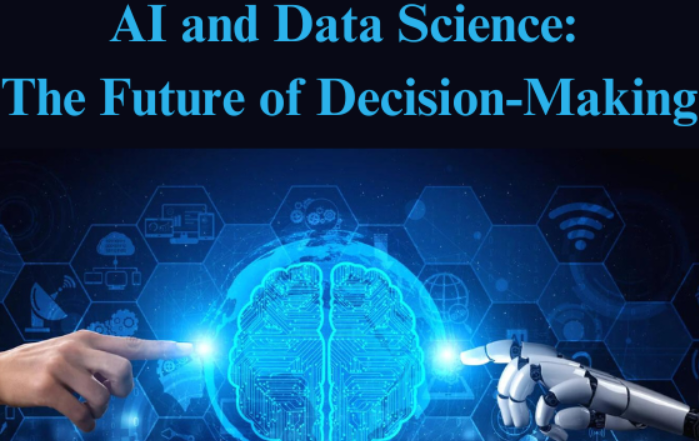
Functionalities of custom components – Pipelines using TensorFlow Extended
Let us understand the functionalities of these components.
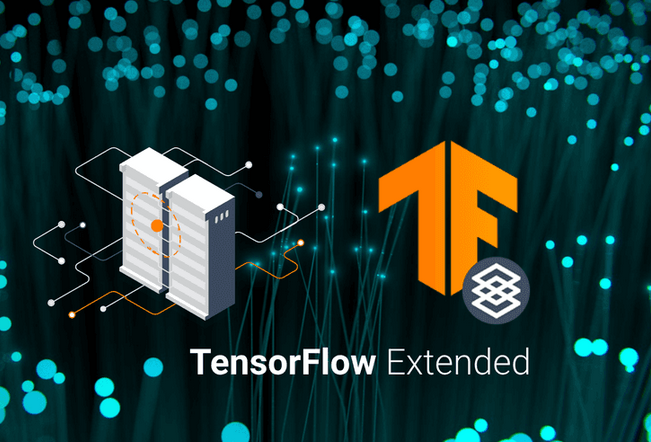
Components of TFX – Pipelines using TensorFlow Extended
Pipelines break down the machine learning workflow into a series of components, with each component being responsible for a certain stage in the ML process. Standard components and custom components are both offered by TFX as separate groups. Users can construct pipelines with only a few standard components as well. ML process may be expanded
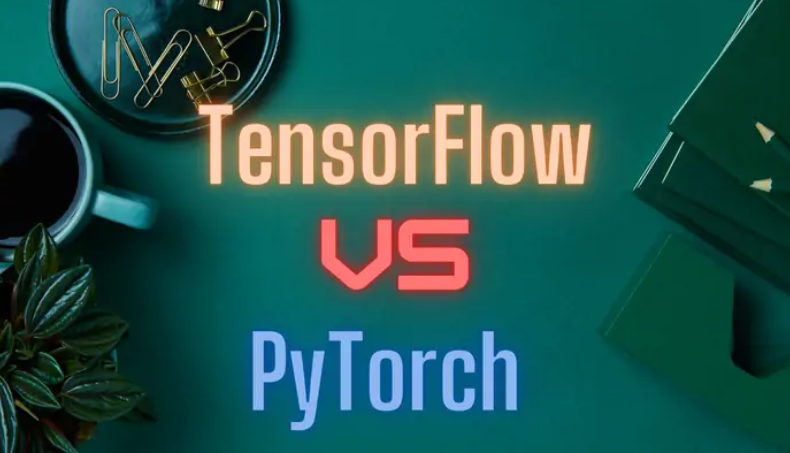
Additional permissions – Pipelines using Kubeflow for Custom Models
We also need to grant additional permission to the service account associated with the compute engine of GCP since we are fetching data from BigQuery. Follow these steps to grant the required permission. Step 1: Open IAM and admin section Follow the steps mentioned in Figure 7.2 to add roles to the service account associated
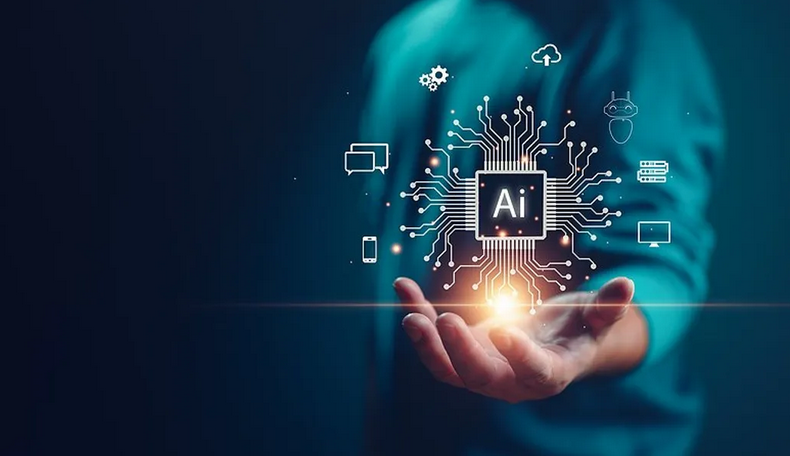
Data for model training – Pipelines using Kubeflow for Custom Models
Introduction In the previous chapter, we worked on the pipelines of GCP using Kubeflow. We built the first pipeline using AutoML of the platform for model training. In this chapter, we will see how to build pipelines for custom models and compare the results of different pipelines. We will also understand a few differences between
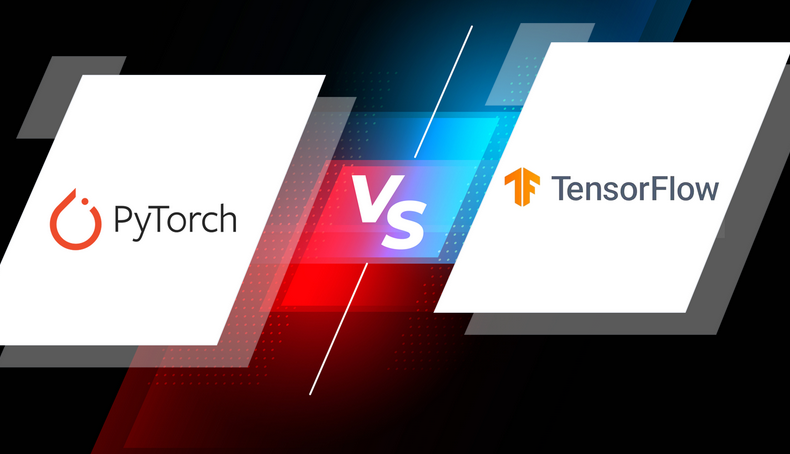
Execution of Pipeline – Introduction to Pipelines and Kubeflow
Once the job is submitted for the execution, pipeline will be visible under the pipeline section of Vertex AI, status of each components will be displayed (yet to start, success, failure).Follow the below steps to check the status of the submitted pipeline. Step 1: Pipeline of image classification Open the link as shown in Figure
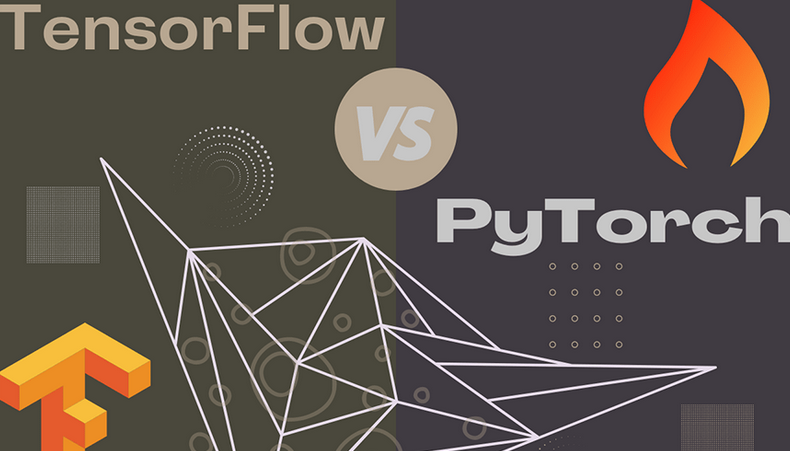
Pipeline code walk through – Introduction to Pipelines and Kubeflow-2
Step 6: Pipeline construction Run the following codes to define the pipeline with the custom components and the other GCP components. Important points about the following code are: DISPLAY_NAME = ‘image_boat_classification’@kfp.dsl.pipeline(name=”image-classification”,pipeline_root=pipeline_folder)def pipeline(gcs_source: str = “gs://pipeline_automl/class_labels.csv”,display_name: str = DISPLAY_NAME,project: str = PROJECT_ID,gcp_region: str = “us-central1”,api_endpoint: str = “us-central1-aiplatform.googleapis.com”,thresholds_dict_str: str = ‘{“auPrc”: 0.60}’,):First componentdataset_create_op = gcc_aip.ImageDatasetCreateOp(project=project, display_name=display_name,
Benefits of machine learning pipelines – Introduction to Pipelines and Kubeflow
There are various benefits of machine learning pipelines: Execution The pipeline gives users the ability to program many phases to carry out in parallel in a dependable and unsupervised manner. This indicates that users are free to concentrate on other things concurrently while the process of data modelling and preparation is being carried out. Since
Submitting training job with Python SDK – Vertex AI Custom Model Hyperparameter and Deployment
In all the exercises that we have covered in the previous chapters, we have mainly worked on graphical user interface of the platform. Let us now see how to submit the job for training using Python code.Step 1: Create a new python notebook on the Jupyter labFollow the given steps to create a new Python
Model deployment and predictions – Vertex AI Custom Model Hyperparameter and Deployment
Click on the imported model to see versions of the model (multiple versions of the model can be imported under the same model). In our case version 1 will be the only version of the model and it will be default as shown in the Figure 5.26 and follow the steps mentioned: Step 1: Version
Image creation – Vertex AI Custom Model Hyperparameter and Deployment-1
Now that we have completed the creation of the Dockerfile and python code for the model building, we can proceed with image creation. Follow the given steps for the same. Step 1: Image creation using docker build Type the following commands in the terminal, as shown in Figure 5.9, for image creation: PROJECT_ID=vertex-ai-gcp-1 IMAGE_URL=”gcr.io/$PROJECT_ID/eye:v1” docker
Archives
- September 2024
- August 2024
- July 2024
- June 2024
- May 2024
- April 2024
- March 2024
- February 2024
- January 2024
- December 2023
- November 2023
- September 2023
- August 2023
- June 2023
- May 2023
- April 2023
- February 2023
- January 2023
- November 2022
- October 2022
- September 2022
- August 2022
- June 2022
- April 2022
- March 2022
- February 2022
- January 2022
- December 2021
- November 2021
- October 2021
Calendar
| M | T | W | T | F | S | S |
|---|---|---|---|---|---|---|
| 1 | 2 | 3 | 4 | 5 | ||
| 6 | 7 | 8 | 9 | 10 | 11 | 12 |
| 13 | 14 | 15 | 16 | 17 | 18 | 19 |
| 20 | 21 | 22 | 23 | 24 | 25 | 26 |
| 27 | 28 | 29 | 30 | 31 | ||
